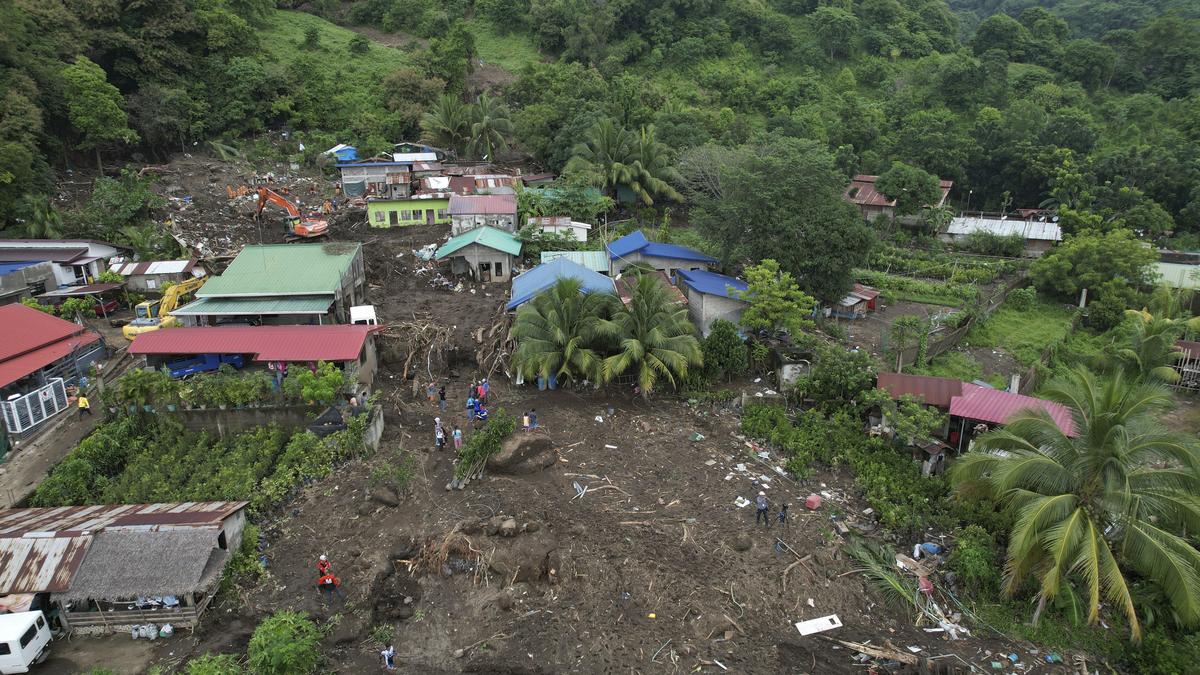
Philippine town in the shadow of a volcano is hit by landslides it never expected
The Hindu
Tropical Storm Trami triggers landslides in the Philippines, highlighting the country's vulnerability to climate change-induced disasters.
As a storm pounded his rural home, Raynaldo Dejucos asked his wife and children to stay indoors and keep safe from possible lightning strikes, slippery roads or catching a fever.
One thing the 36-year-old didn’t mention was landslides. In the lakeside town of Talisay in the northeastern Philippines, the 40,000 inhabitants have never experienced them in their lifetime.
But after leaving home last Thursday (October 24, 2024) to check his fish cages in nearby Lake Taal, an avalanche of mud, boulders and toppled trees cascaded down a steep ridge and buried about a dozen houses, including his.
Talisay, about 70 km (43 miles) south of Manila, was one of several towns ravaged by Tropical Storm Trami, the deadliest of 11 storms to hit the Philippines this year. The storm veered toward Vietnam across the South China Sea after leaving at least 152 people dead and missing. More than 5.9 million people were in the storm’s path in northern and central provinces.
“My wife was breastfeeding our 2-month-old baby,” Mr. Dejucos told The Associated Press on Saturday (October 24, 2024) in a municipal basketball gym, where the five white coffins of his entire family were laid side by side with those of a dozen other victims. “My children were holding each other on the bed when we found them.”
“I was calling out the names of my wife and our children repeatedly. Where are you? Where are you?”
It’s the latest reality check in the Philippines, long regarded as one of the world’s most disaster-prone countries, in the era of climate change extremes.











